-
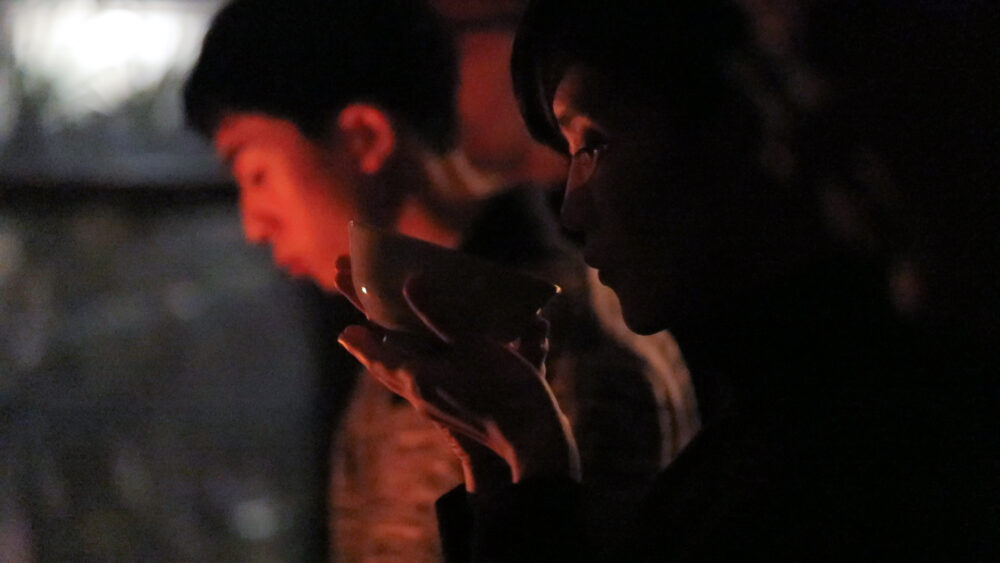
抹茶サロン #2
2021.03.16
Living History
-
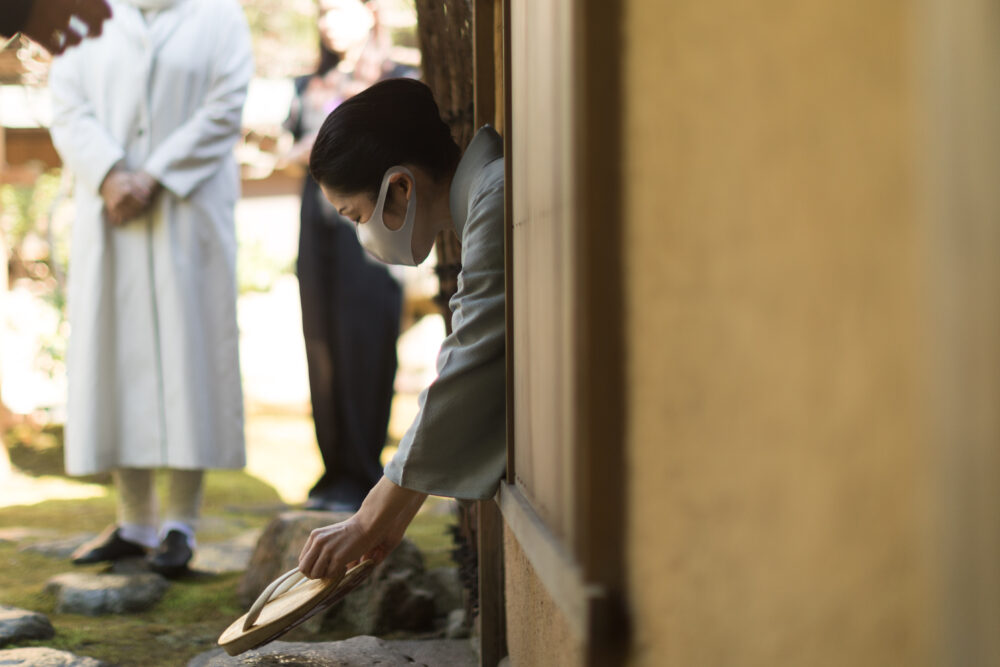
宗徧流鎌倉茶会
2021.02.21
Living History
-

抹茶サロン #1
2021.02.18
Living History
-
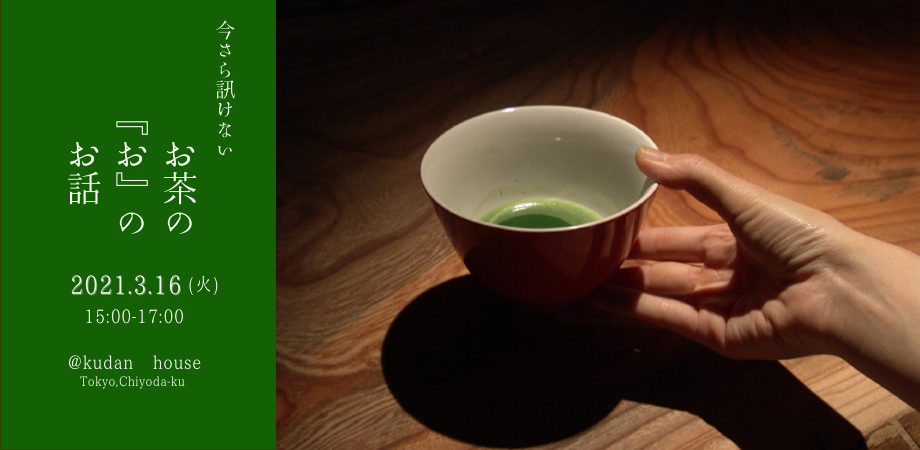
今さら訊けないお茶の『お』のお話 #8
2021.03.16
Living History
-

今さら訊けないお茶の『お』のお話 #7
2021.02.18
Living History
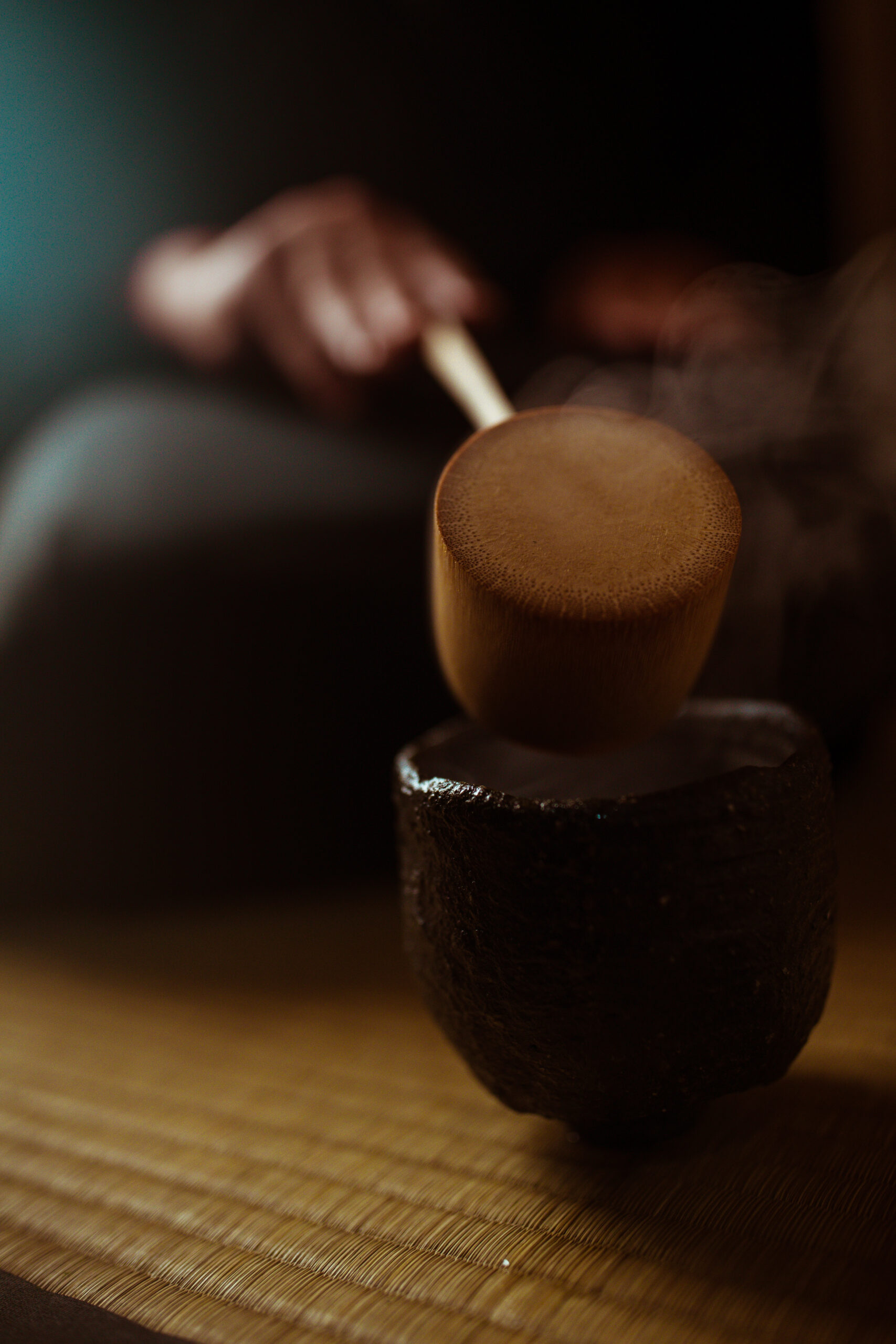
KasoYuso
A sustainability art workshop in the form of a tea ceremony fusing traditional and contemporary tea and coffee drinking lifestyles.
In order to carry on the tradition, we have to consider the sustainability of various things, such as the training and support of artisans and economic sustainability. In“KasoYuso“ you are exposed to the Japanese view of nature and the skills and knowledge that form the basis of the tea ceremony.
Enjoy the mild water slowly boiled over the charcoal fire in the iron kettle.
Savour aroma and taste of WabiCacao favoured by Mayan emperors.
Strain matcha while it releases its aromatic bouquet.
Compare its taste with Kamakura’s Specialty Coffee.
Feel the richness created by living in harmony with nature, it is a mindful experience to consider the sustainability of the planet for the continuation of humanity.

WabiYoga
WabiYoga is a self-management method to alleviate our tired brains in this digitalized world. It helps to align the central axis and calm the mind and body. It also improves blood circulation and allows energy to flow smoothly. This leads to an increase in the “happy hormones” oxytocin and serotonin, relieving daily stress.
The goal is to develop a supple and strong body and mind, like bamboo.
WabiYoga was invented by Sohen and Sori Yamada, the 11th generation of the Yamada family, who have passed down essential elements of Japanese culture for over 3 centuries. To establish a method, they blended the teachings found in all Japanese dojos with modalities they experienced in martial arts around the world.
Wabi is a Japanese aesthetic philosophy meaning simple, humble, natural, and calming.
Yoga means ‘connection’.
Connect yourself with Wabi aesthetics, with your inner self, with other participants as well as this space and the universe.
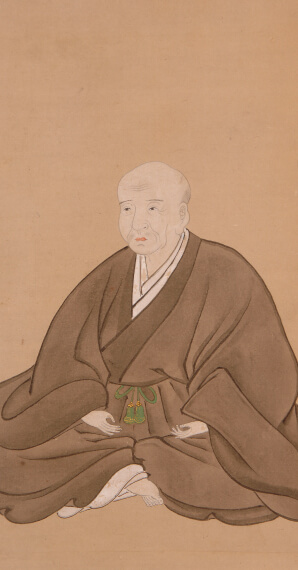
History of Tea (Matcha) Culture
Matcha was first brought back to Japan in 1999 during the Kamakura period by Zen monk, Eisai. He travelled to Tang to learn about Southern Song culture and planted the matcha seeds in Fukuoka in the south of Japan. At the same time, he opened several Zen temples in Kamakura at the behest of Kamakura Shogunate and entrenched the custom of drinking matcha.
Matcha was considered to be a medicine to nourish and arouse monks from lethargy. A book called ‘Azuma Kagami’ (National Treasure and Important Cultural Property) records that when Shogun Minamoto no Sanetomo suffered from a hangover, Eisai recommended tea as a ‘good medicine’.
Subsequently, partaking of matcha became part of a luxurious lifestyle as it was and still remains opulent compared to other teas. Since tea culture grew up alongside the development of Zen, it is also known as ‘chazen ichimi’ (tea Zen and tea), and Kamakura is said to be the birthplace of Zen and Tea.
The main style of tea drinking that time was to put the tea bowl on the saucer called ‘Tenmoku.’ Frothing up the powdered tea leaves with a bamboo whisk was a highly aspirational lifestyle custom of the Southern Song period, along with calligraphy, painting, arranging flowers and burning incense. They flowed into Japan and matured into the “way of tea,” the “way of flowers,” the “way of calligraphy” and the “way of incense.”
Today they are highly respected as representative pillars of authentic Japanese traditional culture.
Matcha benefits
Anti-ageing – antioxidant properties
Immunity – catechins
Relaxation
Increases concentration
The caffeine contained in matcha tea has a stimulant effect and helps to counter drowsiness and improve concentration.
Theanine, a relaxing component of matcha, moderates the strong effects of caffeine present in matcha.
Nutrition – dietary fibre intake, vitamin C, etc.
News
-
WEBサイトオープン2021.03.31
宗偏風のWEBサイトをオープンしました。
3D Walkthrough
3D Shooting / ARCHI HATCH





